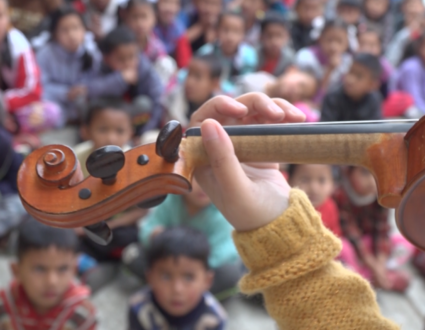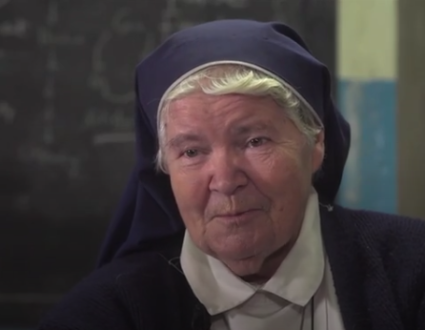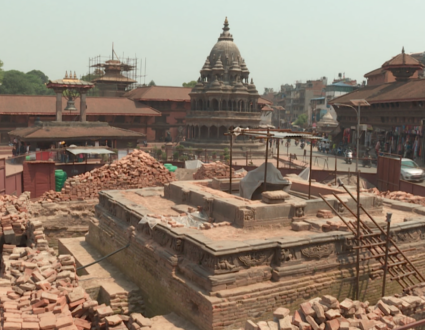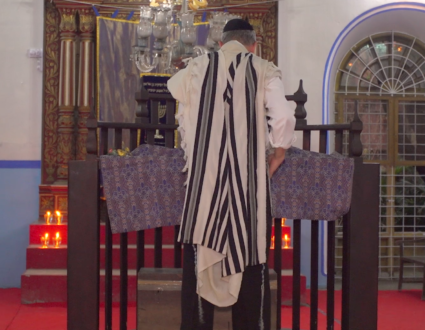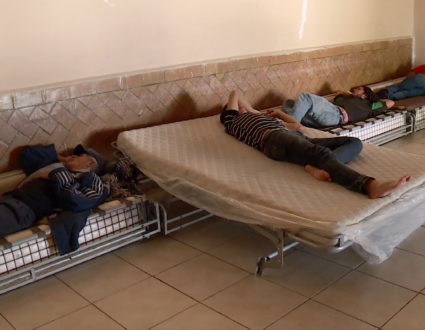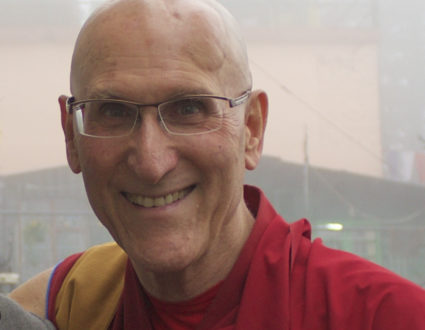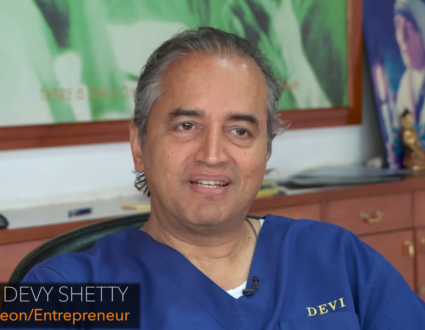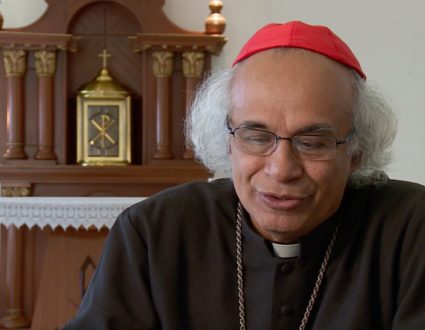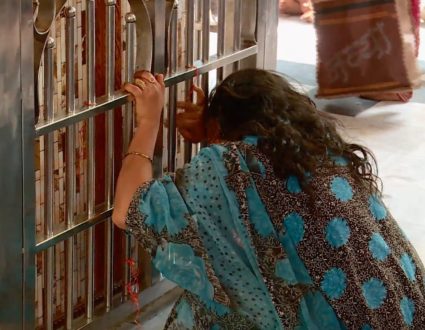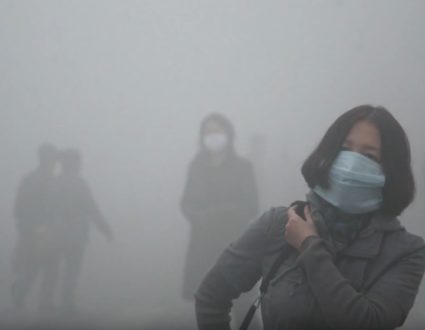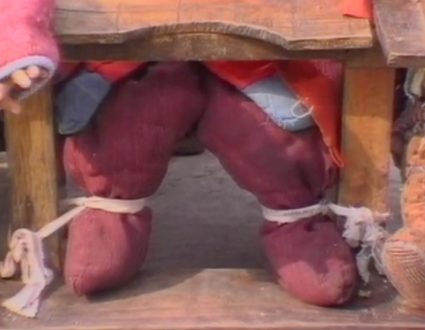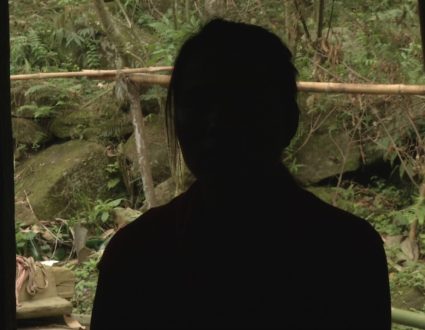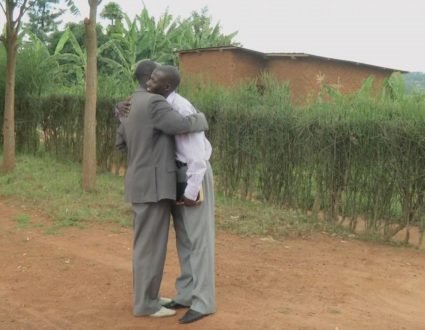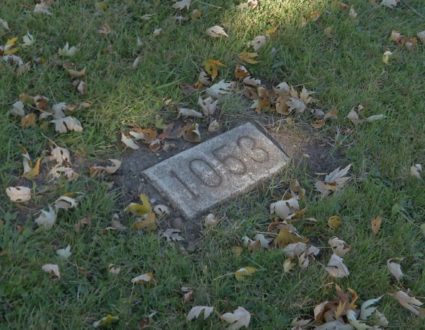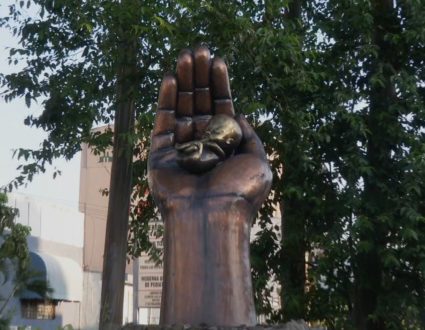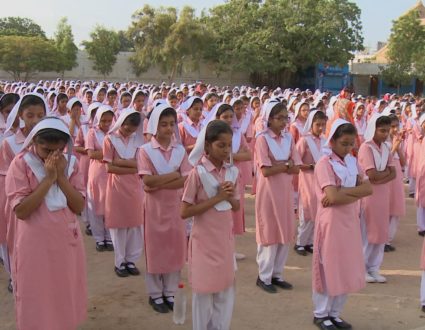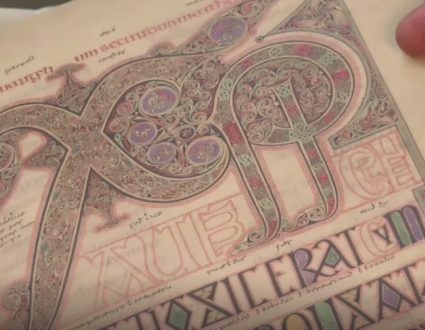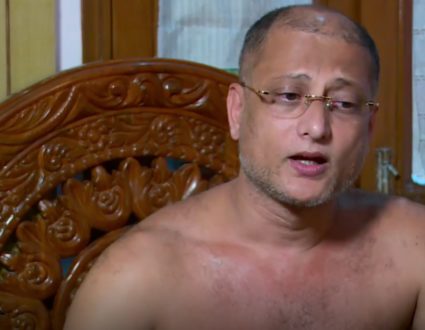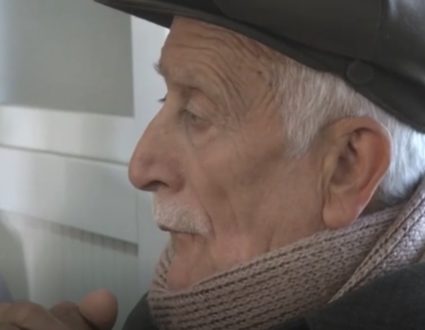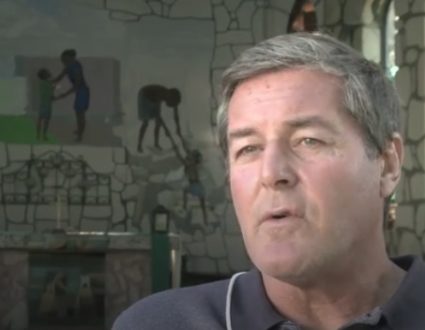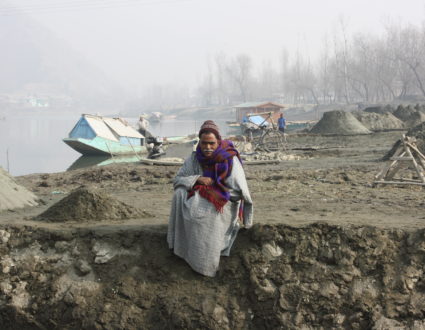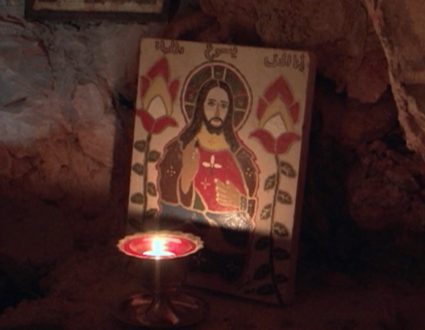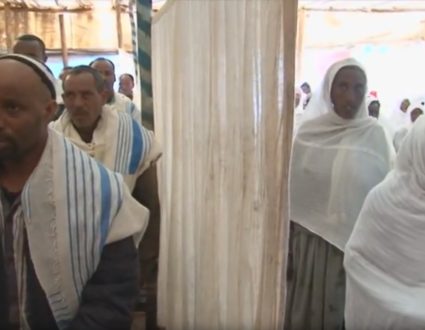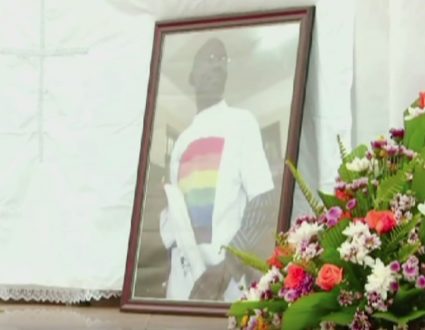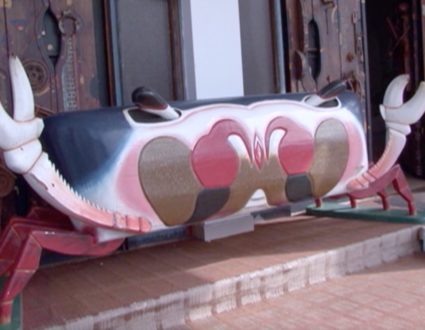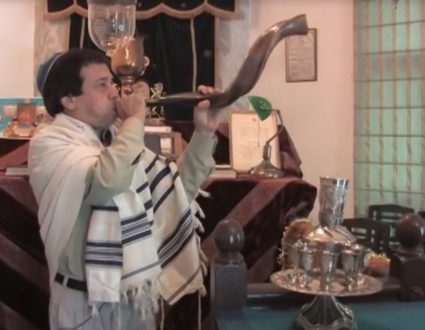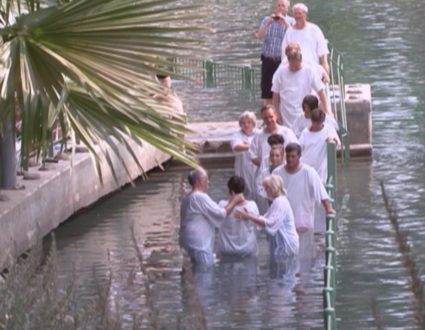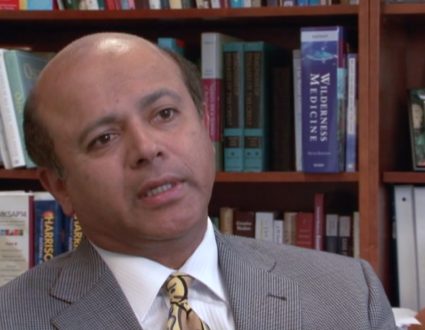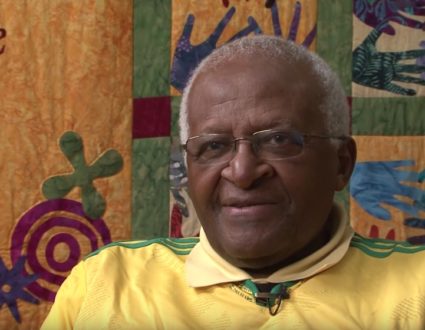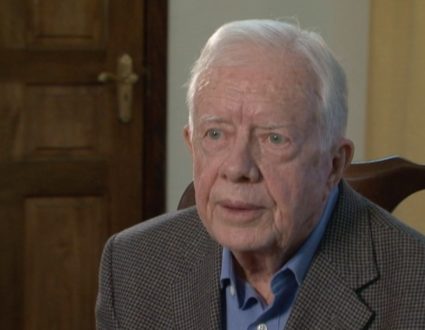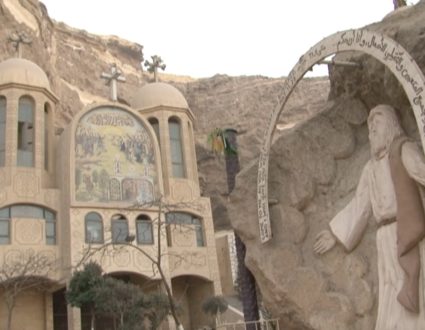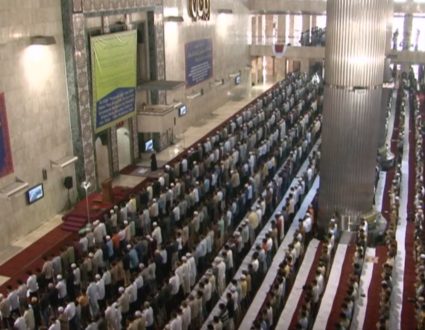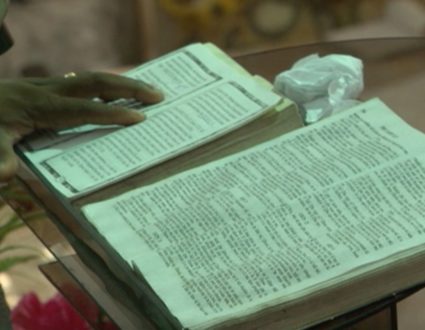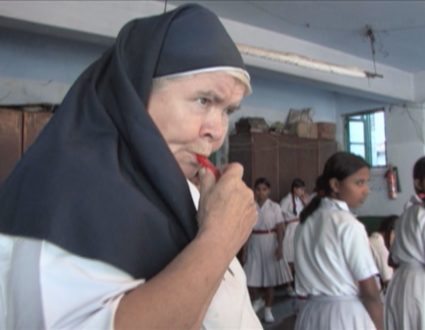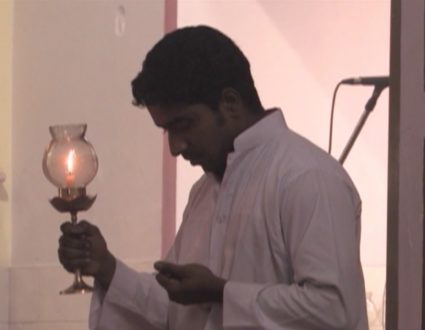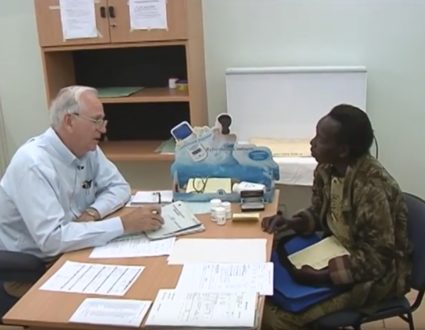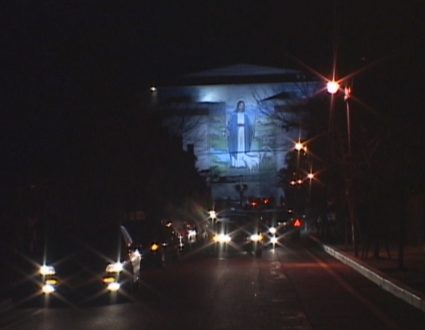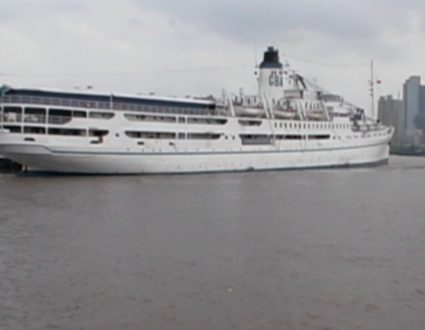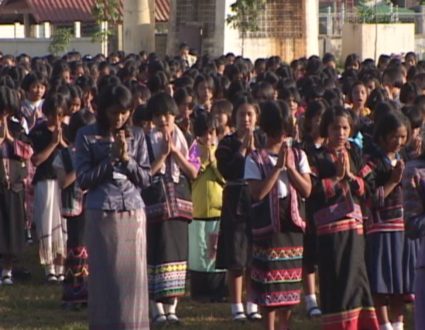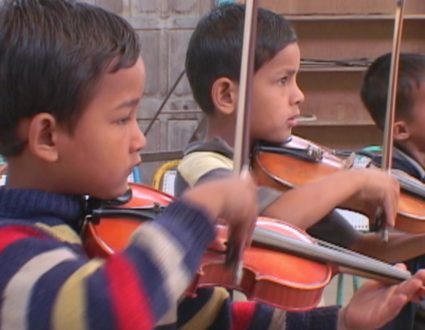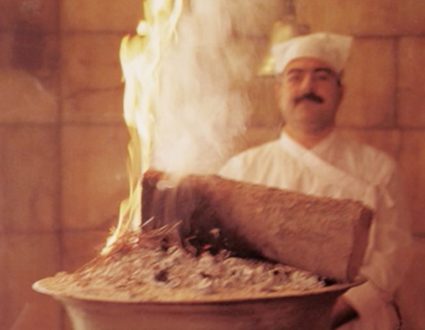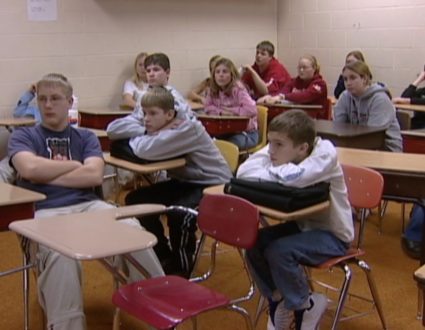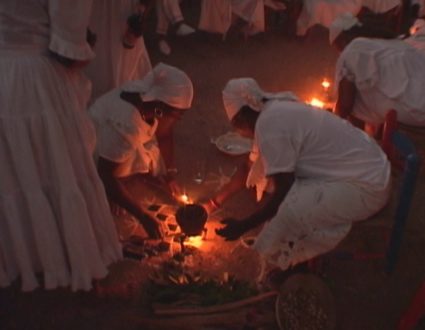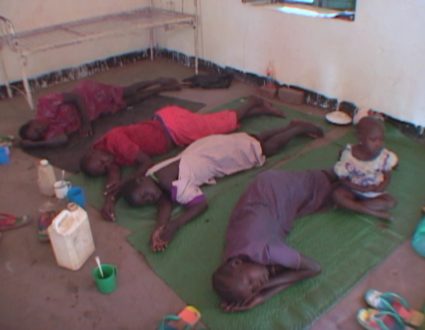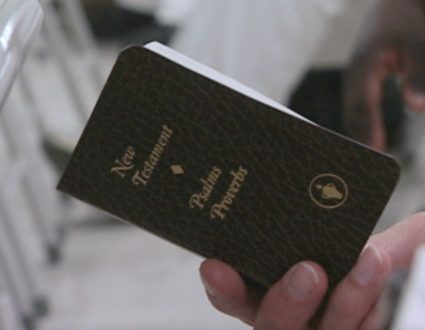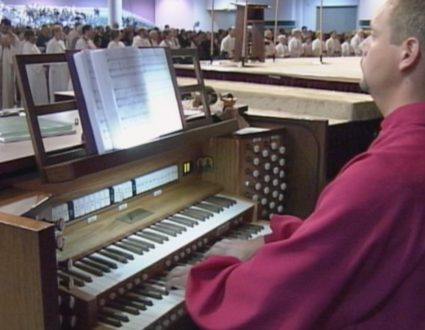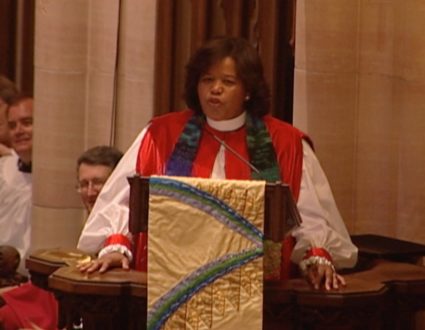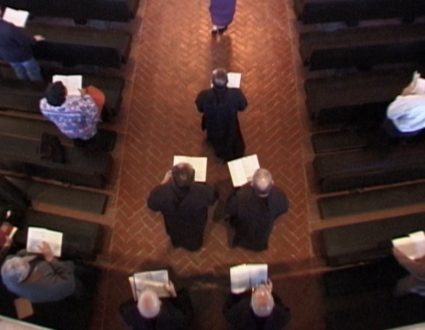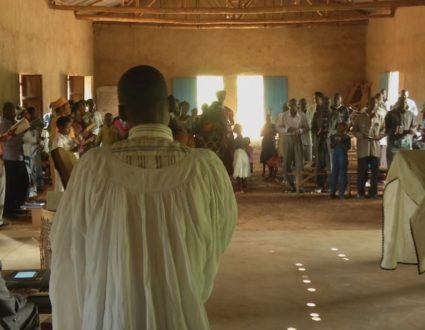Minnesota
Music from Auschwitz
Minneapolis chamber group performs music written by Polish prisoners at Auschwitz
January 29, 2024
- Geoff Bennett:Observances were held across the world over the weekend for the annual International Holocaust Remembrance Day.Fred De Sam Lazaro has the story of one effort to preserve and honor the music performed by prisoners in orchestras that were a fixture in the concentration camps.His report is part of our arts and culture series, Canvas.
- Kenneth Freed, The Isles Ensemble:This is a concert about music and Jewish identity, in particular, my own.
- Fred De Sam Lazaro:An unlikely theme perhaps in a Minneapolis Lutheran church, but coming just days after October 7, as violence erupted in the Middle East, violist Kenneth Freed said a timely one.
- Kenneth Freed:This is a particularly painful and perilous time for all of us.
- Fred De Sam Lazaro:The works performed by the Minnesota-based Isles Ensemble ranged widely, a viola and piano duet of the prayerful Kol Nidre and various works highlighting Jewish experience and musical influence, this string quartet by Felix Mendelssohn for instance, with a classic Jewish folk song embedded.Then there was one medley that didn’t quite fit in, or did it? Here’s how it was introduced.
- Kenneth Freed:This music you’re going to hear is utterly shocking in its banality. Heads-up, it’s charming cafe music.
- Fred De Sam Lazaro:Banal, he added, until you realize that it was arranged by members of the orchestra at Auschwitz, performed by prisoners for the entertainment of Nazi S.S. guards at the camp, guards apparently briefly setting aside their loathing of the prisoner musicians.
- Kenneth Freed:I can’t even imagine. Let’s put it aside for a Sunday afternoon and we will pretend that we have this relationship that isn’t based on ethnic cleansing.
- Fred De Sam Lazaro:Equally jarring, the cheerful, upbeat tempo and titles of these pieces. This tango was called “A Dream of Haiti” (ph).To provide more context or perspective during their performance, it was punctuated by testimonies from the diaries of the prisoners. This entry was read by cellist Laura Sewell.
- Laura Sewell, Musician:“The smoke from the crematorium really annoyed my colleagues. It was polluting the air, and it was hard to see the notes.”
- Kenneth Freed:It’s unimaginable, some of those quotes. I can’t see the notes, but at least I get to play. I mean, I get to live another day, right?
- Fred De Sam Lazaro:And the reason I can’t see those notes.
- Kenneth Freed:And the reason I can’t see them, because the crematorium is bellowing smoke from dead Jews.
- Fred De Sam Lazaro:The original manuscripts, the musical arrangements used by the Minnesota ensemble, reside permanently in the museum at Auschwitz today.But they were first brought out into the world a few years ago here at the University of Michigan School of Music.Patricia Hall, University of Michigan School of Music: I mean, I personally could not write a manuscript that is as neat as these are.
- Fred De Sam Lazaro:Patricia Hall is a professor of music theory. In 2018, she discovered hundreds of manuscripts at the Auschwitz Museum, popular German songs of the ’30s and ’40s arranged and adapted by prisoners for the camp orchestras.
- Patricia Hall:This prisoner took the time to create this symbol of a bird out of musical symbols.
- Fred De Sam Lazaro:In Nazi death camps, being selected to play music was a much preferred assignment, an alternative to backbreaking labor. Still, it was a precarious existence.
- Patricia Hall:There was a particularly sadistic guard at the camp who would take prisoners out of the orchestra and take them to Block 11 and shoot them. So there’s one anecdote of one of the musicians estimating that up to 50 musicians were executed in this way.
- Fred De Sam Lazaro:Just on a whim of the guard watching them?
- Patricia Hall:Yes, just a whim. You see this number, 5665. And through that number, we have this photograph. This is Antony Gargul (ph).
- Fred De Sam Lazaro:Hall selected a representative sample of 10, foxtrots tangos, and waltzes, some with vocals, to reproduce from modern-day performance, trying to stay faithful to how they would have sounded in the camp.With the university ensemble under conductor Oriol Sans, the music was performed and recorded here in Ann Arbor.
- Patricia Hall:I was extremely careful about retaining exactly the instrumentation. I thought these pieces were going to sound really quirky.I couldn’t believe how beautiful they sounded. I was completely surprised.
- Fred De Sam Lazaro:Another surprise, audience reaction. She’d originally planned to simply archive these recordings in the university’s music library, figuring they’d be too painful to hear. But Hall says there was strong interest at subsequent concerts, including one at New York’s Museum of Jewish Heritage.And it piqued the interest of musicians like Ken Freed and The Isles Ensemble.A lot of people, I think, were almost reluctant to applaud, in a sense.
- Kenneth Freed:I felt that too until we stood up. And it was like, I guess we should. But what are we clapping for here?
- Fred De Sam Lazaro:In the church basement post-concert, Freed saw how the music had taken the audience, as he put it, to a new dimension.
- Woman:I don’t cry. And that stuff in the camps had me in tears.
- Woman:I just have chills. Playing the music would have been one thing, but really putting those quotes in it, so you really did imagine yourself as in the camp.
- Kenneth Freed:That’s kind of the reason I did today’s concert. It was to provide context to — because you feel music before you start to think about it.
- Fred De Sam Lazaro:Music drawn for this concert from the historical breadth of Jewish tradition, he said, offered as medicine in a world wracked by conflict.For the “PBS NewsHour,” I’m Fred De Sam Lazaro in Minneapolis.
- Geoff Bennett:And Fred’s reporting is a partnership with the Under-Told Stories Project at the University of St. Thomas in Minnesota.
Honoring victims of the Holocaust
and the music they made
Observances held across the world for the annual International Holocaust Remembrance Day honor victims and survivors of Nazi concentration camps. One of their legacies is music, performed by prisoners in orchestras that were a fixture in the camps. This report features an one effort to preserve and honor that legacy.



